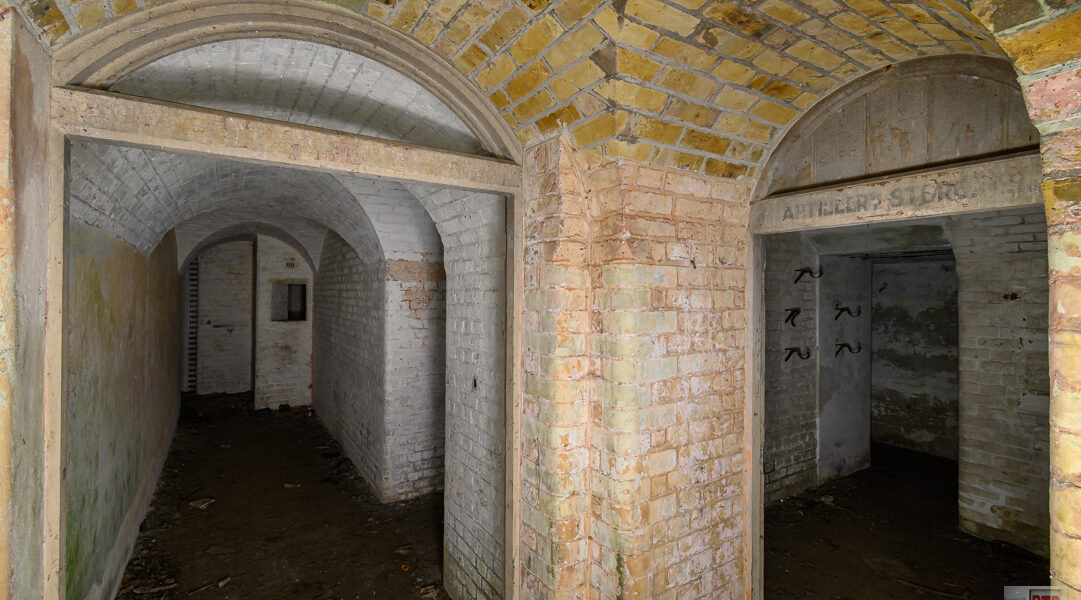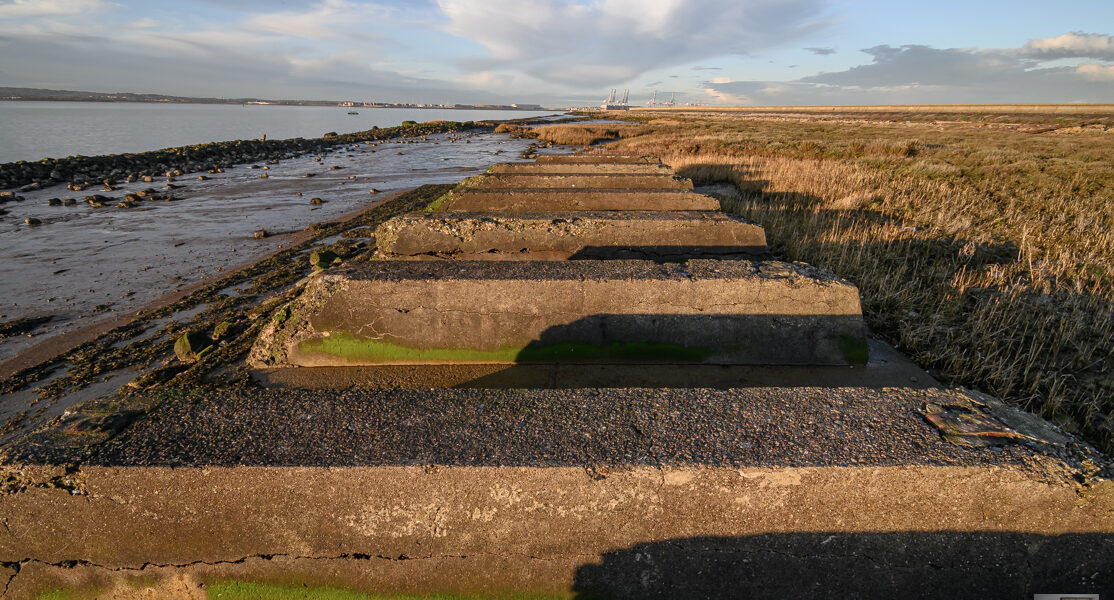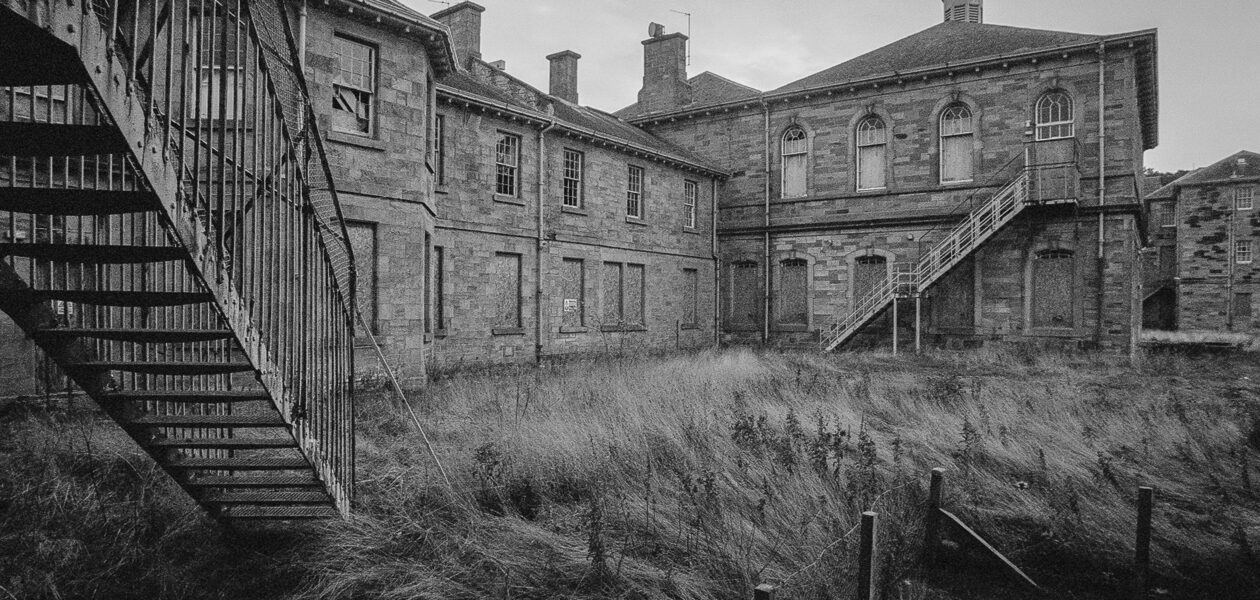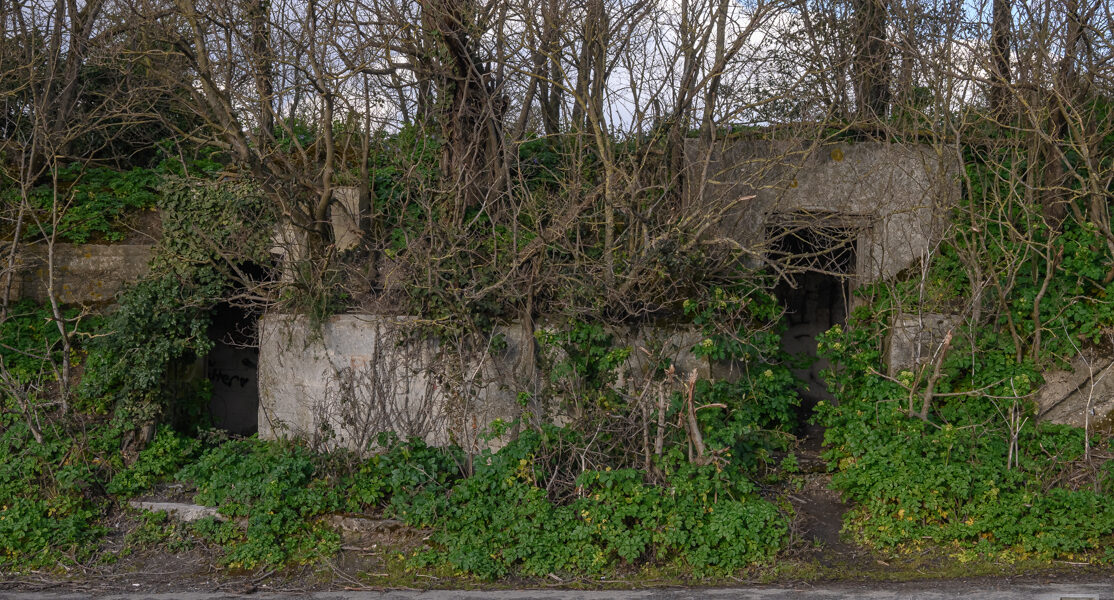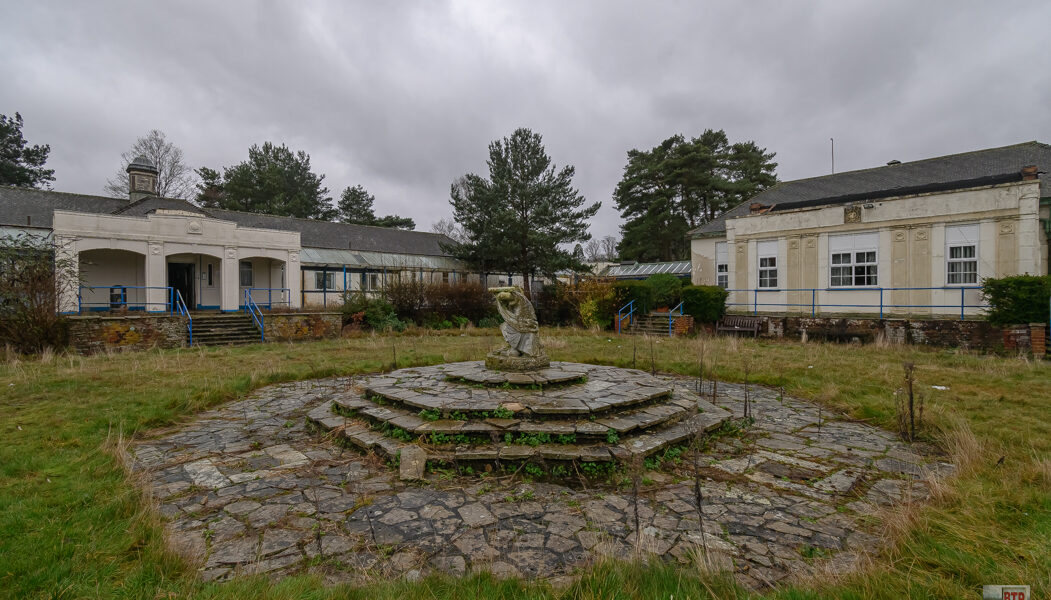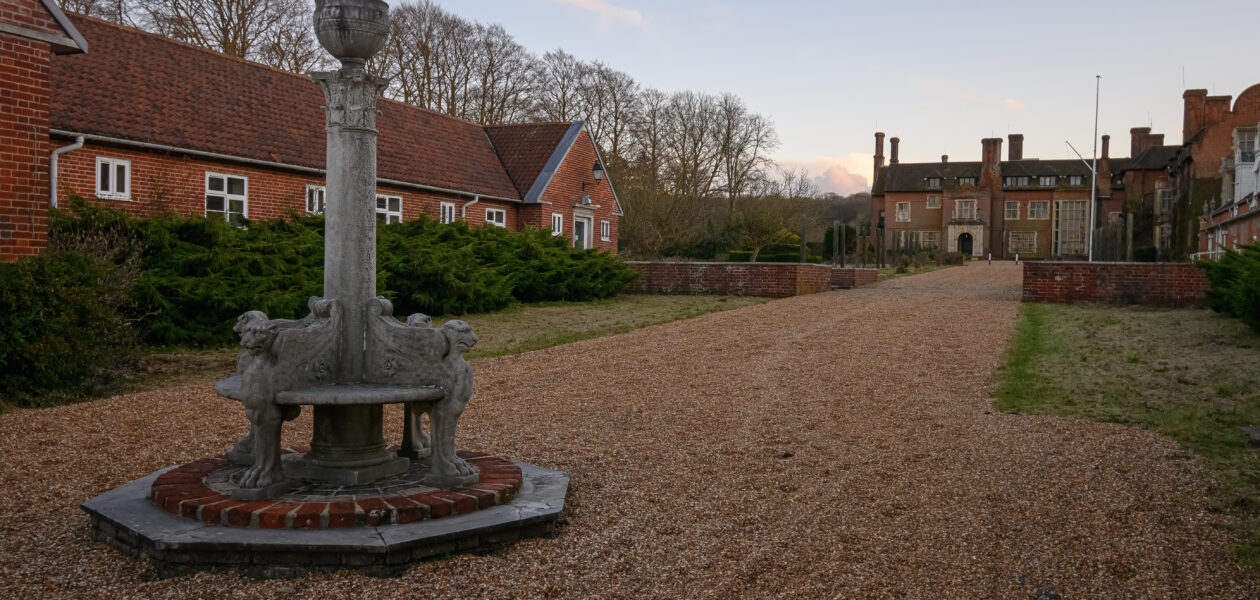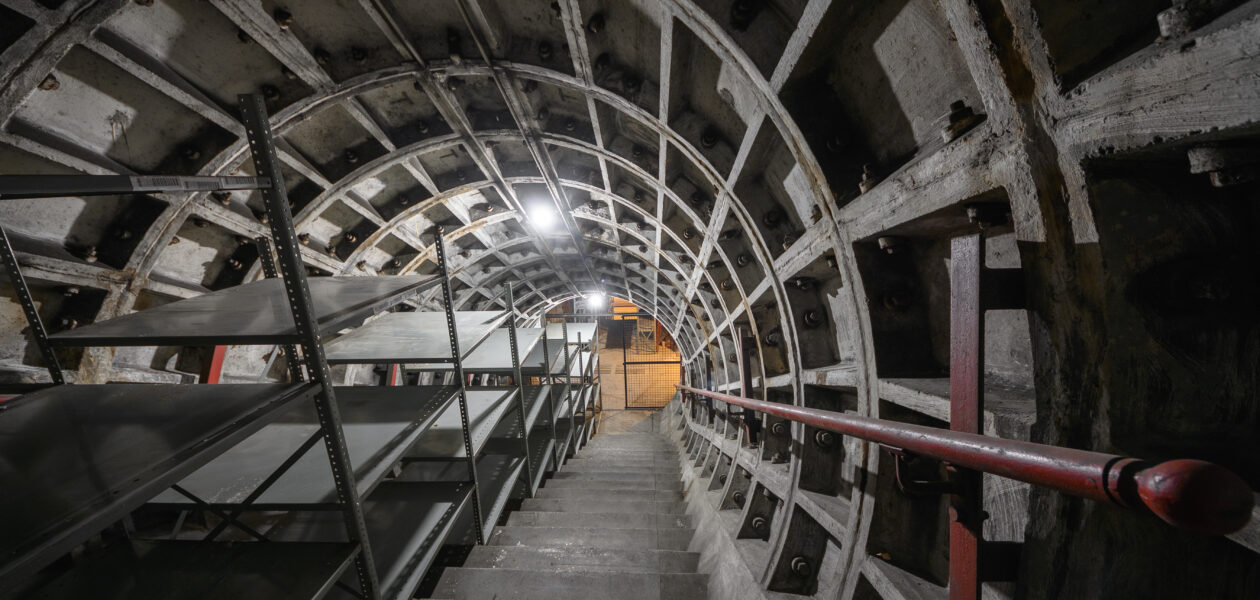East Tilbury Battery
Situated just half a mile away from Coalhouse Fort, East Tilbury Battery, was constructed from 1887-93 and supplemented Coalhouse Fort as part of the Thames’ coastal defence system. It housed six breech-loading guns, mounted on disappearing carriages. There was two 10-inch guns in the centre, and two pairs of 6-pdr guns on either flank. At…
View More
